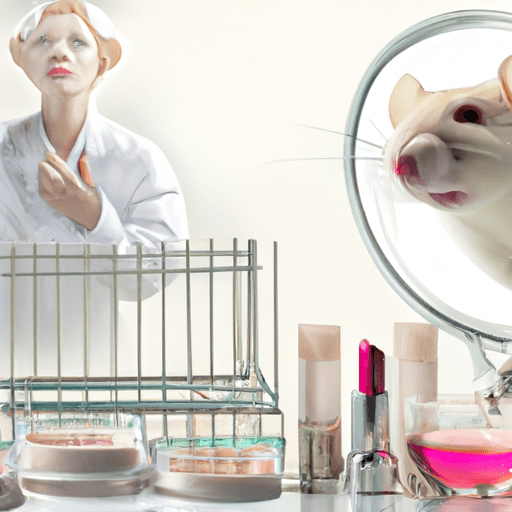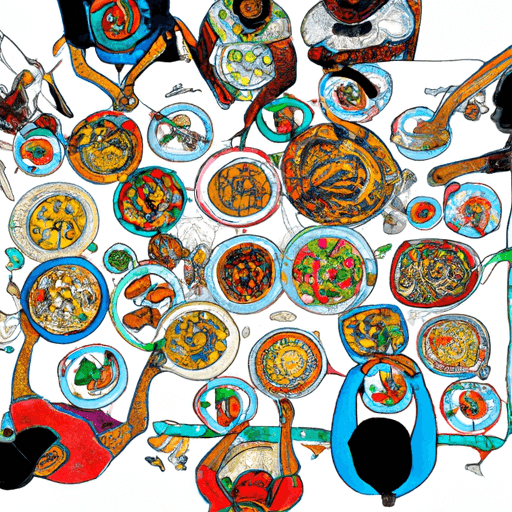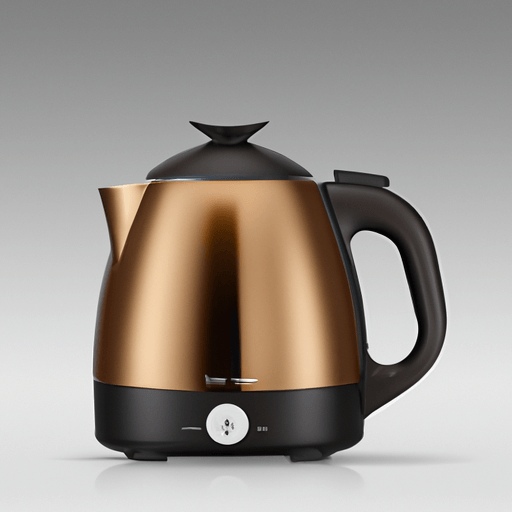Animal Testing in the Beauty Industry: An Ethical Perspective
The beauty industry's use of animal testing has long been a topic that provokes ethical debates. This article aims to shed light on the history, current regulations, companies involved, and present a balanced perspective on the issue. Moreover, it explores credible alternatives to animal testing in this field.
History of Animal Testing in the Beauty Industry
The practice of animal testing in the beauty industry has a long history, tracing back to the 20th century where the safety of cosmetics was under scrutiny following some disaster cases. Animals became the prime testing subjects for these products to preclude harmful effects on humans.
Current Regulations and Policies
Over the years, animal rights movements and stricter regulations have influenced the reduction of animal testing. In the European Union, a complete ban was imposed on animal testing for cosmetics in 2013. Similarly, India, Israel, and Norway have enacted full bans. Other countries like the United States do not mandate animal testing but lack strict restrictions against it.
Major Companies Involved
While some companies have sought cruelty-free certification, others still use animal testing. Brands like Avon, Esteé Lauder, and Revlon have been criticized for their continued use of animal testing, while companies such as Lush, The Body Shop, and Urban Decay proudly display their cruelty-free classification.
The Rationale behind Animal Testing
Companies that use animal testing often justify it by stating the need to ensure product safety for consumers. The argument rests on the premise that animal testing provides the most reliable data about how a product will respond to human biology.
Is Animal Testing Necessary?
Whilst the necessity of animal testing is fiercely contested. Some assert that without it, the safety of products cannot be guaranteed. Critics, however, argue that alternative testing methods have advanced significantly and can replace animal testing completely.
Exploring Alternatives to Animal Testing
Alternatives such as in-vitro testing, computer models, and human volunteers are increasingly showing promise. These methods not only mitigate ethical concerns but can offer more accurate predictions of human reactions due to closer bio mechanical similarities.
The cosmetics industry is already seeing products labelled as cruelty-free, showing that alternatives are not only viable but also marketable.
Conclusion
Animal testing remains a contentious issue within the beauty industry. Ultimately, the beauty industry, regulators, and consumers must weigh the ethical implications, scientific justifications, and viable alternatives to make an informed and compassionate decision.















Comments
Leave a Comment